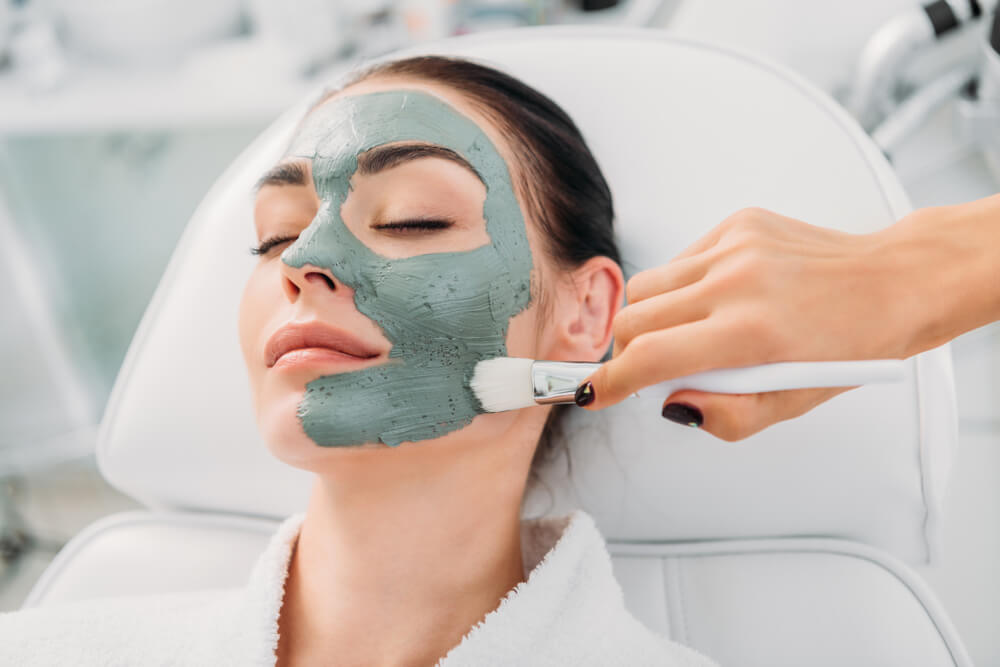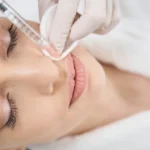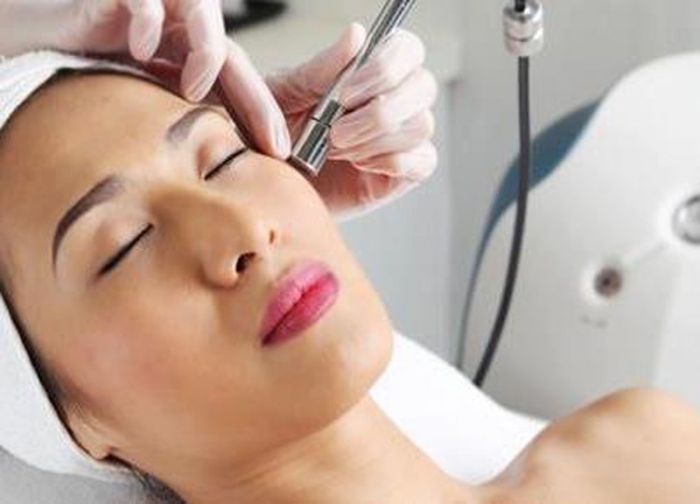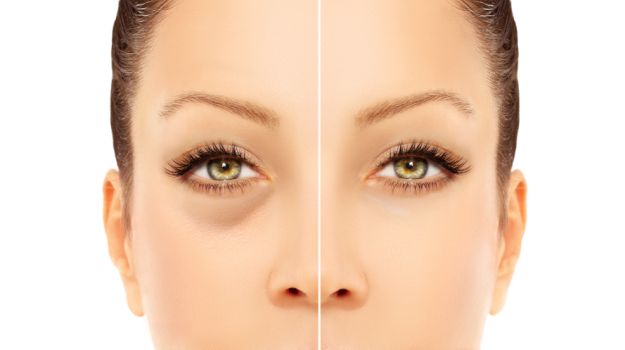Our face has four major structural elements- muscle, skin, fat, and bone. When we age, volume loss takes place in all of these structural components, giving rise to signs of ageing (fine lines, wrinkles, and dullness amongst others). While ageing is an inevitable process, it doesn’t mean one cannot dim its signs. Here is where the dermal fillers kick in.
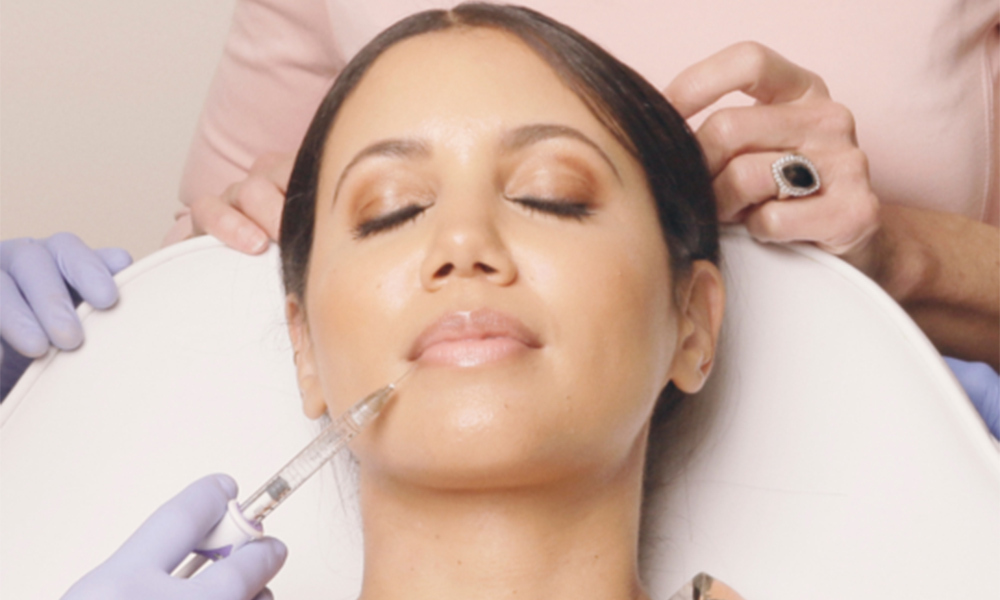
Dermal fillers refer to the gel-like, soft materials that get injected under the skin, addressing several ageing concerns, such as smoothening of lip lines, under eye fillers, lifting of cheekbones, and revitalization of the hands. Since the procedure of getting dermal fillers is complex, you must make sure that you choose only seasoned dermatologists that have years of experience in administering dermal fillers.
But before you go down that road, here are five things you must know about dermal fillers:
Content
#1. The results won’t last forever
While the longevity of the dermal fillers depends upon several factors, such as the type of the product used and the area treated, most of the results last up to eighteen months.
This proves to be a great advantage for those people who are reluctant to try something new. As these fillers don’t give permanent results, the patients can always make the decision to shift to another treatment.
However, being amongst the top two minimally invasive cosmetic procedures in 2018 (according to the American Society of Plastic Surgeons), you won’t have to think about making a shift from dermal fillers!
#2. Filler and Botox are two different things
While both dermal fillers and Botox are equipped with the same anti-wrinkle abilities, they function in entirely distinct ways. Where Botox and other neurotoxins work by relaxing the surrounding muscles, dermal fillers work by adding volume.
Moreover, where dermal fillers result typically last for anywhere between 17-18 months, the results from Botox treatment last for around 3-4 months. But, if you consult experienced dermatologists, they would recommend a treatment that utilizes and offers both the benefits of dermal fillers and Botox.
#3. Take some time to heal
Yes, dermal fillers offer quick results with little to no downtime. However, it is always wise to take a few months to completely heal from the procedure.
This is because bruising and swelling lasts for a couple of days and takes approximately four weeks to completely settle in. Thus, once the procedure gets finished, you must schedule a follow-up appointment. Through consistent follow-ups, your dermatologists would be able to make tweaks, necessary to give ideal results.
#4. Picking the right dermatologist
The efficacy of the results and your safety during the procedure would rely upon the experience and skills of the dermatologist. Hence, it becomes vital to pick only those dermatologists that have the credentials to back their abilities.
It is recommended that instead of trying to find the best deal, focus on finding a dermatologist that has years of experience in the dermatological sphere.
#5. All fillers don’t perform the same function
Though most of the fillers are made out of common basic ingredients, it doesn’t mean that all fillers perform the same function.
There are different types of fillers that cater to different parts of the face. It all comes down upon your needs- whether you need touch ups at multiple areas or a specific area.
Dermal fillers can rejuvenate ageing skin. However, dermal fillers are only safe and effective when they are in the right hands. Hence, before choosing a dermatologist for dermal filling, make sure you look into their background. Choose only skilled skin specialist that can administer dermal fillers safely and effectively.

Alina Smith is a health blog author with an interest in the intersection of wellness and mental health. She’s worked as a writer, editor, and communications specialist for various healthcare organizations. Alina has also led projects to improve access to care for underserved populations in both rural and urban settings.



